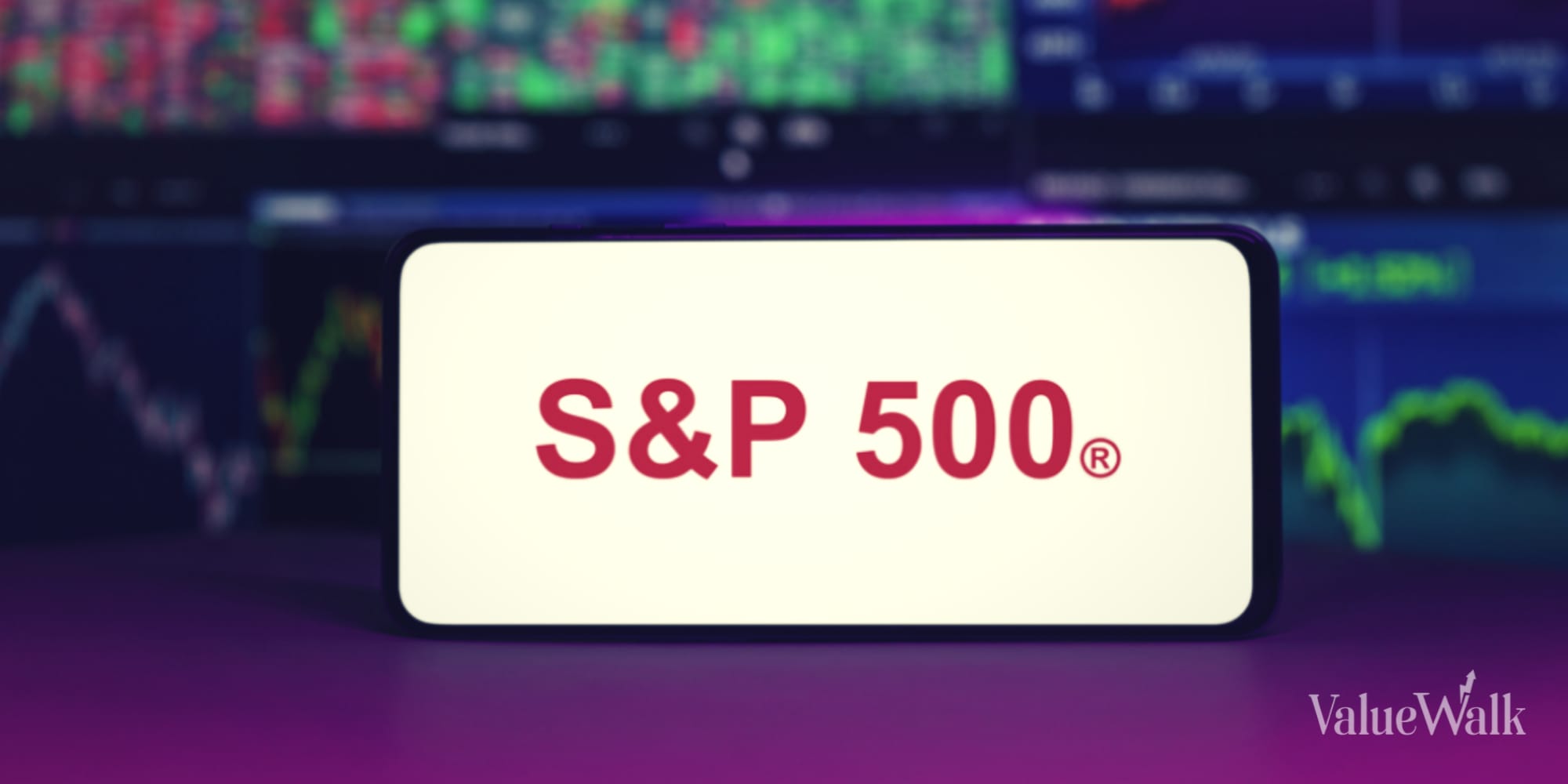Amazon.com, Inc. (NASDAQ:AMZN) stock rocketed to a new high on Wednesday after a major price target increase and bullish commentary from a chart technician. In order for the company to reach a $1 trillion valuation, Amazon stock would have to soar to $2,000, but the shares have added about $300 since the beginning of the year.
Amazon stock is up by about 30% year to date and has accounted for more than 25% of all the gains of the S&P 500 Index, according to data from S&P Dow Jones Indices. Chart technician Todd Gordon told CNBC that he saw a move above $1,500 in the near future, and the stock did indeed reach it in intraday trading after he made the comment. He also identified two bullish signals on the online retailer’s stock chart on Wednesday.
The first bullish signal is the fact that Amazon stock has been outperforming the Nasdaq QQQ, the exchange-traded fund that tracks the NASDAQ 100. The other is a technical sign: a bullish pattern known as an “inverse head and shoulders.” Gordon believed that this pattern might mark the point at which Amazon stock vaults to $1,500 per share.
MKM Partners analyst Rob Sanderson is even more bullish on Amazon stock, as he pressed his price target from $1,350 to an ultra-bullish $1,750 per share. Because price target increases for the online retailer typically come in droves as every analyst on Wall Street rushes to boost their targets, this may be just the first of yet another batch. Part of the problem is the fact that Amazon stock has climbed so high so fast, which means many analysts are finding their price targets underwater.
Sanderson said in a note to investors on Wednesday that the drivers of his new price target include the company’s lower tax rate, an increased outlook for sales growth, and a lower discount rate.
He noted that Amazon’s highest-margin categories are driving its growth. Collectively, third-party seller services, subscriptions, Amazon Web Services, and ad revenues increased 45% in the fourth quarter and 43% for all of 2017. This group accounted for more than one-third of Amazon’s total business last year, up from 23% in 2014.
Sanderson said Amazon’s gross margin is expanding thanks to the strength of its high-margin businesses. Last year, the online retailer’s gross margin expanded 200 basis points year over year. Between 2013 and 2017, Amazon’s gross margin has expanded by almost 1,000 basis points, he added. Additionally, the company’s gross profit dollars have grown by 2.35 times in four years, and its retail segment continues taking share from other retailers.
One place in which Amazon has taken a few lumps from time to time is its investments, although that has changed quite a bit recently. The MKM analyst said that investors continue to support Amazon’s investment spending. He noted that even though the margin in the North American commerce business was around an all-time high in the fourth quarter, Amazon management has not signaled an intent to shift from investment mode to “harvest” mode.
Sanderson still values Amazon stock based on the potential earnings power for 2022, which he sees at around $78 per share, an increase from the $66 per share he had been estimating previously. Of this upward revision, $8 comes from the expected tax cut, while another $8 comes from an increased sales estimate.
Amazon stock jumped by more than 2% in intraday trading on Wednesday, touching $1,500 before backing off slightly.





